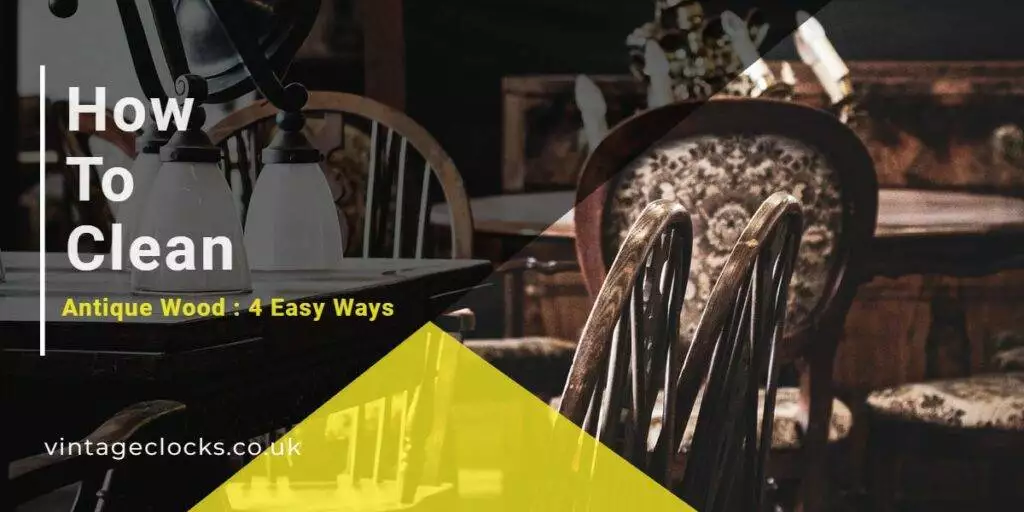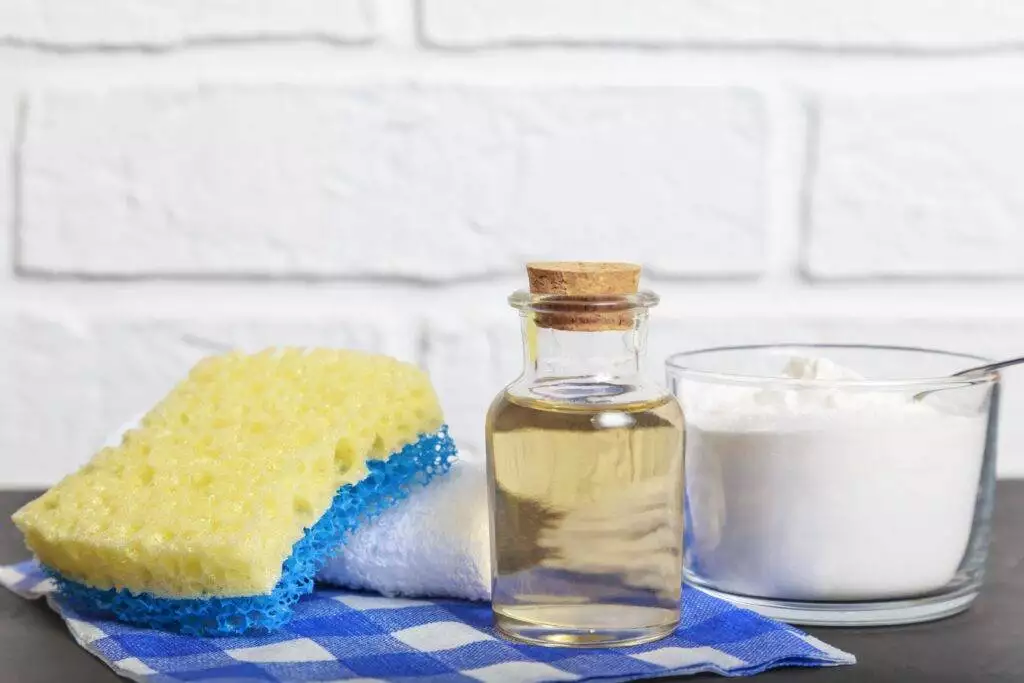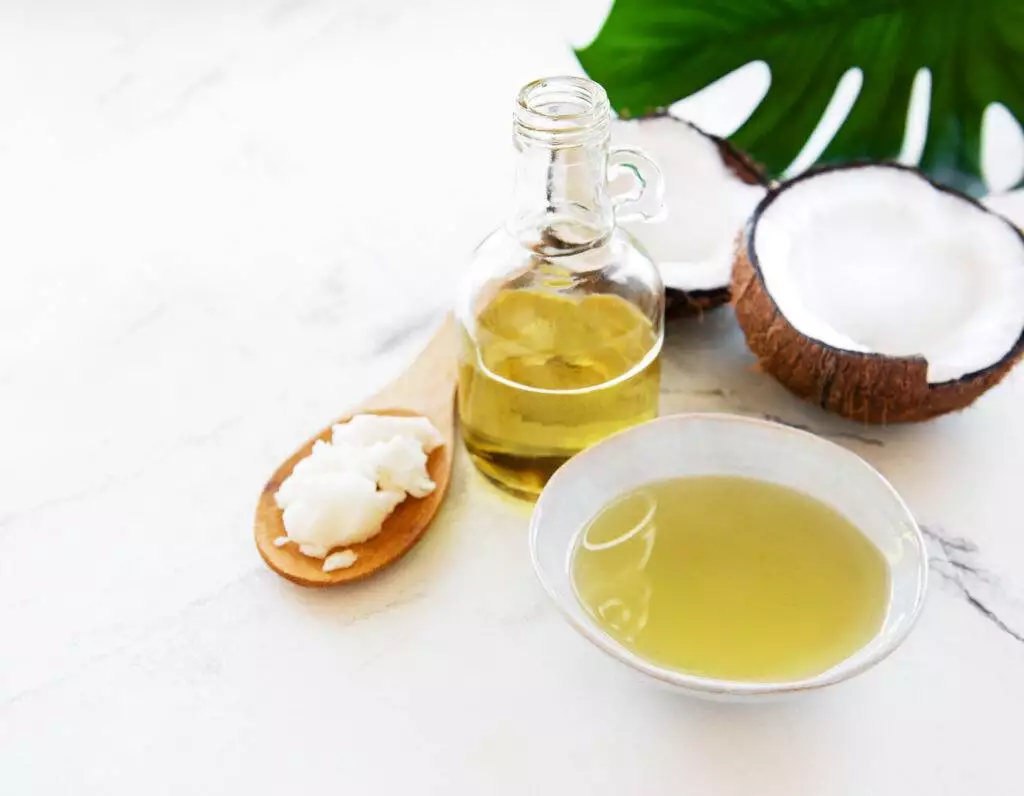Making a clock escapement
Making a clock escapement is a complex process that requires a lot of skill and precision. Here are some general steps that can be taken

When it comes to keeping your antiques looking their best, you might not be aware of the germs and dirt that can quickly take their toll. Fortunately, there are some easy steps you can take to keep your antique wood furniture in tip-top shape. You don’t even need to go out and buy expensive cleaners or speciality products; follow these simple tips. Even if you have a lot of furniture, it won’t take longer than 5 minutes per day to keep it looking its best! This can apply to antique wood flooring, antique wood cabinets, antique wood chairs, etc. Read on for more details.

Baking soda is a fantastic, natural cleaner for removing oils and stains from many surfaces. It’s also antibacterial, so great for keeping bacteria and germs at bay. Combine a small amount of baking soda with white vinegar and a bit of your favourite liquid detergent. You’ll find this works well to remove odours from furniture such as antique wall clocks that are made out of wood and other surfaces. This solution also helps with removing stains from clothes! To clean a wooden table, pour some of the solutions onto a soft cloth and wipe over until you see any stains start to fade. After doing this, you can use a damp towel or cloth to wipe off any excess solution.
If you have antique wooden furniture, dusting is an important part of keeping it in good condition. You’ll want to keep a cloth or a soft brush handy to dust the furniture regularly, especially near the edges where dust and dirt are likely to collect. For wood tables, chairs, and other larger pieces, you might also want to consider investing in a duster that’s designed for this type of surface; they’re much better at picking up dust and dirt than regular dust cloths. If you have a wooden deck or other smaller piece of furniture, you can easily do this job with a cloth or a microfiber cloth. Just be sure to lightly dust the edges and crevices where dust tends to collect. A popular type of polish to use on antique wood is beeswax. Beeswax is a natural and effective way to bring shine to antique wood that has become increasingly dull over the years. A promising alternative to beeswax would be elbow grease or regular furniture polish/wax. These products will all help any kind of antique wood furniture to shine again.
Sometimes using more simple cleaning products is better long-term for antique wood. A damp cloth can be enough to clean off any dirt or dust in some cases. Make sure the cloth isn’t too wet as too much water can ruin the quality of your antique. Especially if you’re cleaning antique clocks such as carriage clocks and other pieces with mechanical interiors. Too much water can cause serious damage to a wooden clock.
If a wet cloth isn’t enough to make your antique wood look spotless, then you could try using a mild soapy water solution and dipping the cloth in to wipe over the wood. This method is mostly used for a quick clean and polish though, if you want to thoroughly clean any antique wood, using reliable cleaning products is a better way to go.

If you don’t already have a furniture polish, this DIY solution may be the answer to all of your problems! Firstly, you can heat a 1/4 cup of coconut oil on low heat for 1-3 minutes. Then, mix 4 tablespoons of white vinegar and 2 teaspoons of lemon juice. Once you have mixed those two ingredients, you can pour them into a spray bottle along with the coconut oil and mix them all. Then, you can spray the mixture onto your wooden surface and wipe it down with a clean cloth to create a healthy and natural shine.
Another underrated method to cleaning and polishing antique wood is using mineral spirits. Mineral spirits, more commonly known as white spirit in the UK, is a paint thinner. However, it can be very useful when cleaning and polishing antiques. This should only be used in small amounts because it could potentially damage furniture if too much is used. All you need to do is apply a small amount of white spirit onto a clean cloth and then wipe the cloth in circular motions on the wood before the solution evaporates.
Making a clock escapement is a complex process that requires a lot of skill and precision. Here are some general steps that can be taken
Antique clock restoration is a meticulous process that requires a great deal of patience and skill. The process involves disassembling the clock, cleaning each component,

Hi my name is James I have a long history of selling exceptional antique clocks and watches all over the world. I also offer a full clock & watch repair & restoration service.
Vintage Clocks © 2025. All rights reserved.